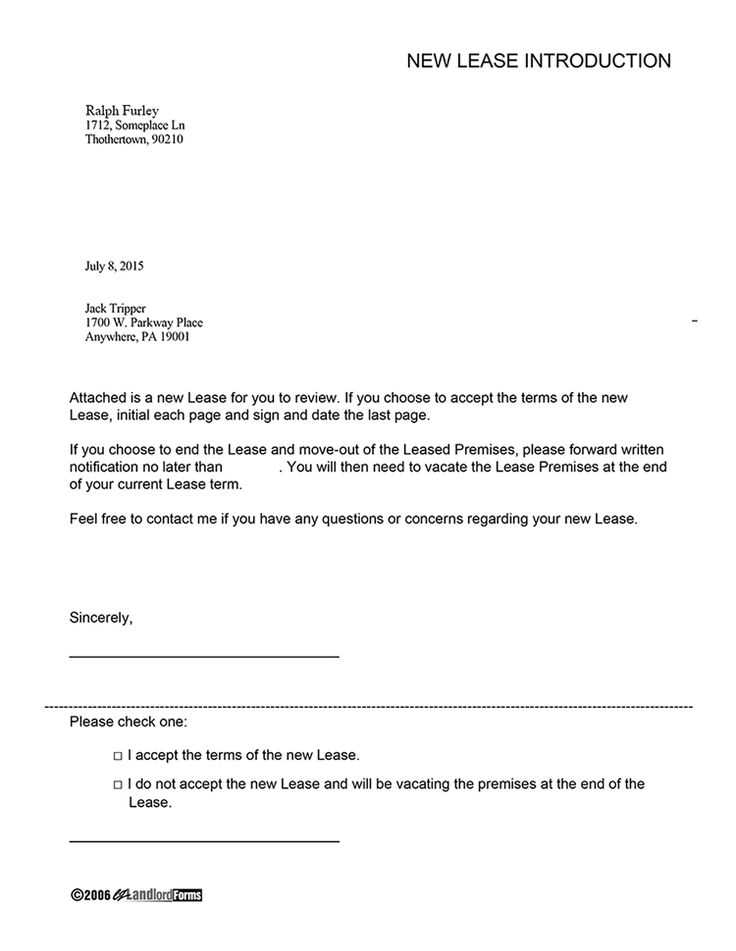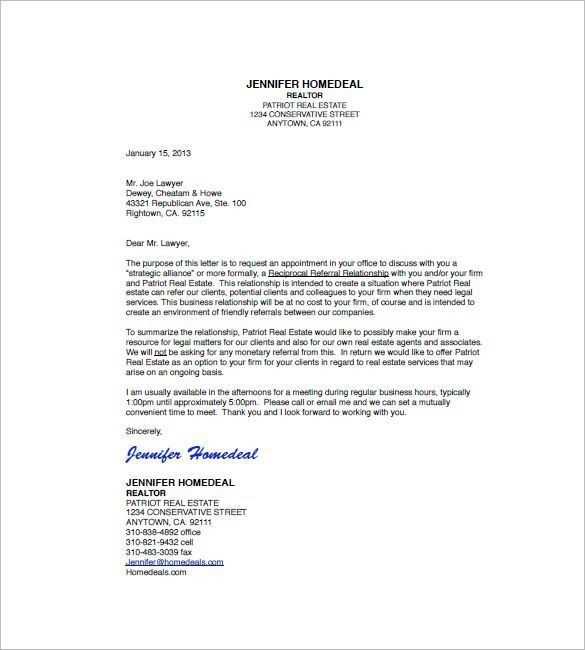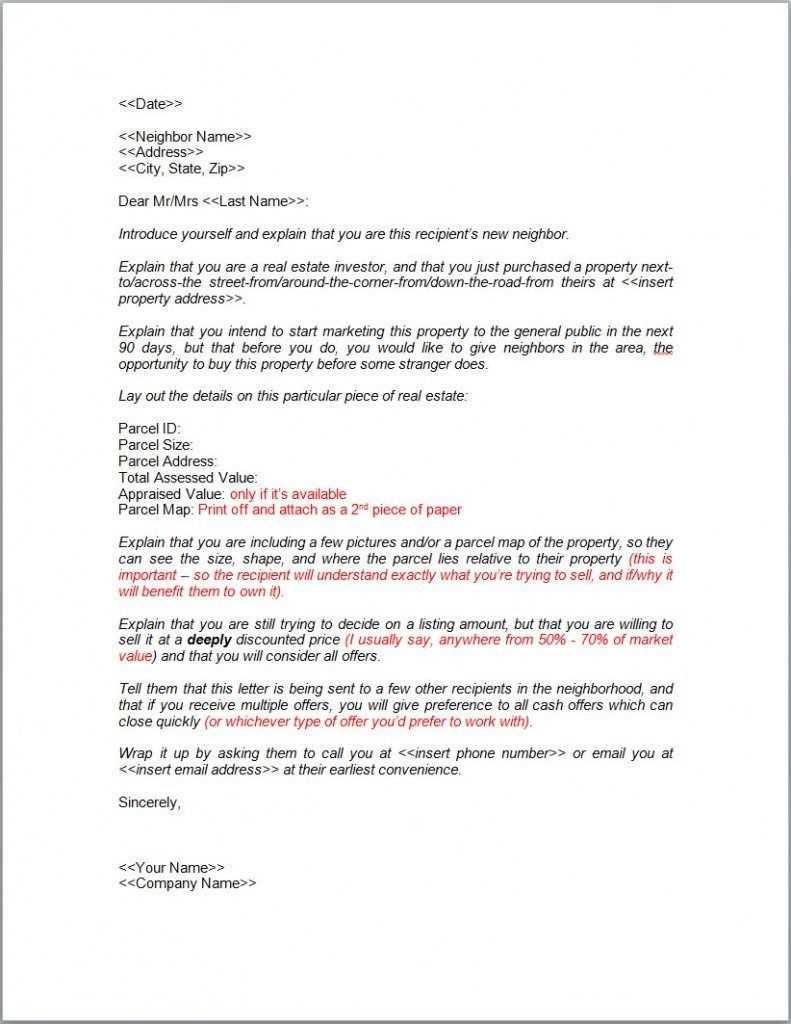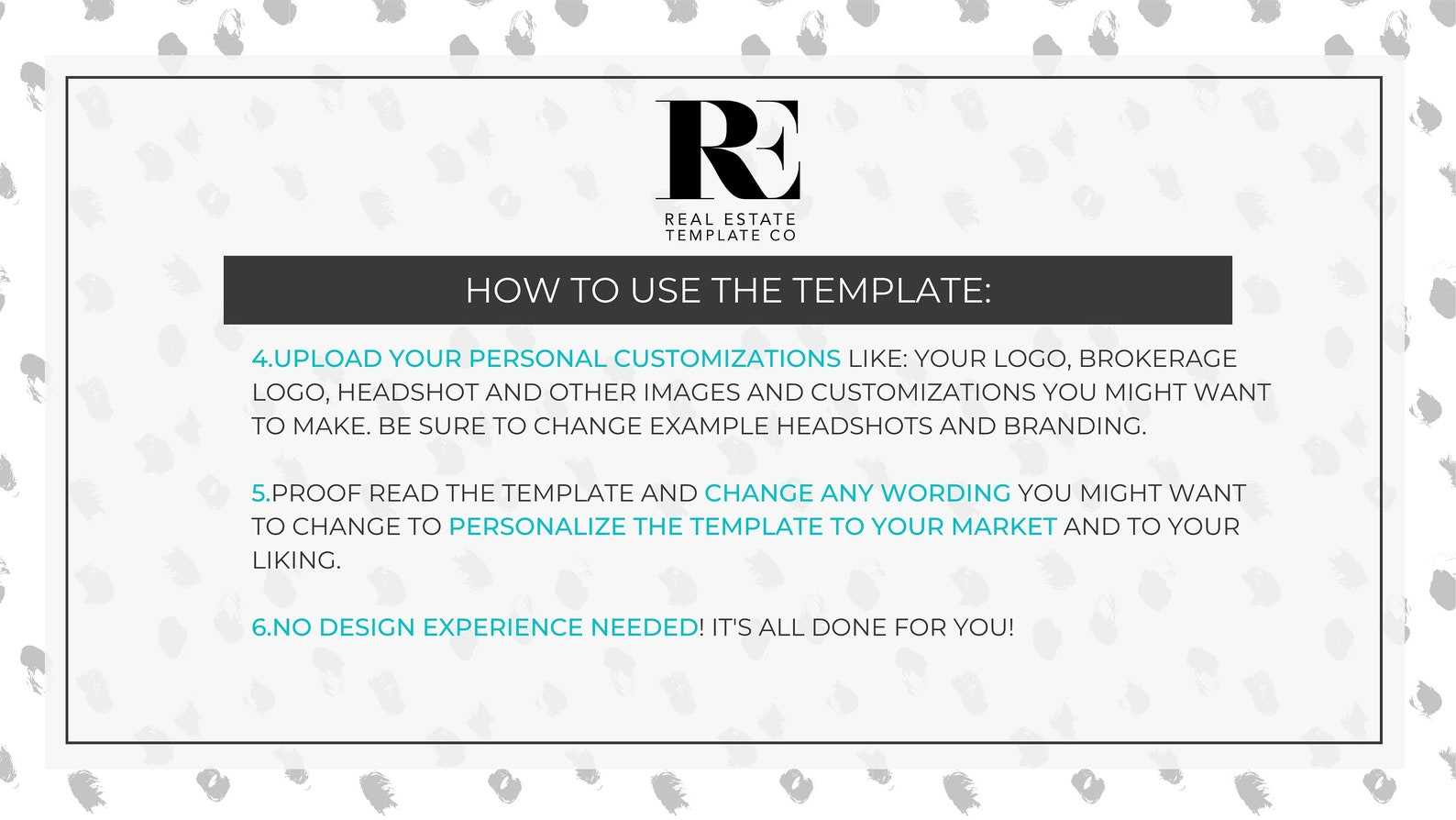Real estate introduction letter template

Begin your real estate introduction letter with a direct mention of who you are and what value you bring to the table. Mention your background briefly and highlight your understanding of the client’s needs, whether they are looking to buy, sell, or invest in property. Address your letter to the specific person or company you’re engaging with, making it clear why you’re reaching out and how you can help.
Next, emphasize your commitment to a personalized approach. Acknowledge that every real estate transaction is unique and requires individual attention. Whether you’re providing a market analysis, helping to negotiate terms, or guiding a first-time homebuyer through the process, make sure the reader knows that you are focused on delivering a solution tailored to their specific goals.
Wrap up with a clear call to action, inviting them to reach out for further discussion. Offer your contact information and express your eagerness to connect. Keep the tone friendly and professional, ensuring that the recipient feels confident in your ability to meet their needs. Always close by thanking them for their time and consideration.
How to Personalize Your Letter for Clients

Address your client by their name. Use it naturally throughout the letter to create a connection. Personalization goes beyond just including a name–referencing specific details relevant to the client’s needs shows attention to detail.
Research Your Client

Before writing, gather information about your client’s preferences, challenges, or goals. Mention aspects of their situation, such as property interests or particular requirements they’ve shared with you. This approach signals that you’ve invested time in understanding their needs.
Be Specific About How You Can Help
- Highlight services or solutions that directly match their situation.
- Show that you understand the local market and can guide them to the right options.
- Avoid generic phrases. Instead, explain how your expertise directly addresses their current needs.
For instance, instead of saying, “I can help you find a property,” try “I understand you’re looking for a spacious family home in the downtown area. I’ve identified several properties that meet your criteria.”
Include Personal Touches
- Share how your experience aligns with their goals.
- If applicable, mention mutual acquaintances or past interactions to build rapport.
- Offer insights based on their specific situation, demonstrating your commitment to assisting them in a tailored way.
By adding these details, you make the letter feel more like a one-on-one conversation rather than a generic outreach.
Key Components to Include in Your Letter
Begin with a clear and concise introduction. State who you are and the purpose of the letter right away. Address the recipient directly and use a friendly yet professional tone.
Personalization is important. Tailor the letter to the recipient by including their name or referencing specific details about their property. This shows that the letter is not a generic template, but a targeted communication.
Value Proposition is critical. Focus on how you can help the recipient. Highlight what sets you apart from others in your field and explain how your services or offers align with their needs. Be specific about how you can provide solutions to their challenges.
Call to Action should be direct and clear. Encourage the recipient to take action, whether that’s scheduling a meeting, calling you, or replying via email. Avoid vague instructions–state exactly what the next step is.
Finally, include your contact details. Make sure to provide all necessary information–phone number, email, and any other relevant contact methods. End with a polite closing, ensuring they feel welcome to reach out.
Crafting a Strong Opening Statement
Begin with a direct mention of the purpose behind your communication. Focus on the value you bring, highlighting your understanding of the client’s needs. For example, “I specialize in matching clients with properties that fit their lifestyle and investment goals.” This establishes both relevance and trust right from the start.
Keep your language simple and clear. Avoid jargon or overly formal tones that can create distance. Instead, aim for an approachable yet professional tone that feels personal and engaging. Tailor your opening to the recipient’s preferences, showing that you’ve done your homework and understand their unique situation.
Lastly, offer a glimpse of what comes next. Briefly mention how you can assist with their property needs or goals, setting the stage for further discussion without overwhelming them with too much detail. This keeps the conversation flowing and leaves the door open for questions and engagement.
Using Your Experience to Build Credibility
Highlight specific achievements and successful transactions in your real estate career. Clients trust experience, and showcasing tangible results helps establish your credibility. Include key milestones such as the number of homes sold, types of properties handled, or geographic areas of expertise.
Provide Concrete Examples
Share success stories that demonstrate your expertise. Instead of general statements, give precise details about challenging deals you’ve completed. For instance, explain how you helped a client find the perfect property within their budget or guided them through a complex negotiation.
Leverage Testimonials and Referrals

Client feedback plays a major role in establishing credibility. Collect and share testimonials from satisfied clients. Include their names, locations, and details of how you assisted them in achieving their goals. Additionally, don’t hesitate to ask for referrals from satisfied clients to strengthen your reputation.
| Transaction Type | Number of Deals | Client Satisfaction |
|---|---|---|
| Residential | 150+ | 95% positive feedback |
| Commercial | 30+ | 90% positive feedback |
Choosing the Right Tone and Language

Use a friendly, approachable tone that reflects your personality while staying professional. Avoid overly formal language or jargon that could alienate potential clients. The goal is to create a sense of trust and openness from the first sentence. Keep your language clear and concise–no need for unnecessary fluff.
Adapt your tone based on your target audience. If you’re addressing young professionals, you might use a more casual style, while for high-end buyers, a more refined approach is better. The language should match the expectations of your readers, whether they value a straightforward or a more detailed approach.
Make your message personal without being too informal. A balance of warmth and professionalism works best. Show empathy and understanding of your clients’ needs, but always keep the focus on providing solutions. Keep it positive and focused on the benefits for the reader rather than on your qualifications or company.
Avoid sounding too sales-driven. Instead, offer valuable insights and information that naturally guide the reader to consider your services. Stay away from overused phrases and cliché expressions. Each message should feel fresh and relevant, not like a generic marketing pitch.
Finishing with a Call to Action

End your real estate introduction letter with a clear and direct request. Encourage your reader to take the next step by offering a specific action. For example, invite them to schedule a call or meeting to discuss further opportunities. Keep the tone friendly, approachable, and non-intrusive to create a positive impression.
Make It Simple
Provide easy steps for the recipient to follow. For instance, include a link to your calendar or a direct contact number. Avoid complex instructions to prevent any hesitation in taking action.
Set a Timeline
Include a time frame for the next step. A simple statement like “Let’s connect this week” adds urgency without pressure. This will encourage quicker responses and increase engagement.